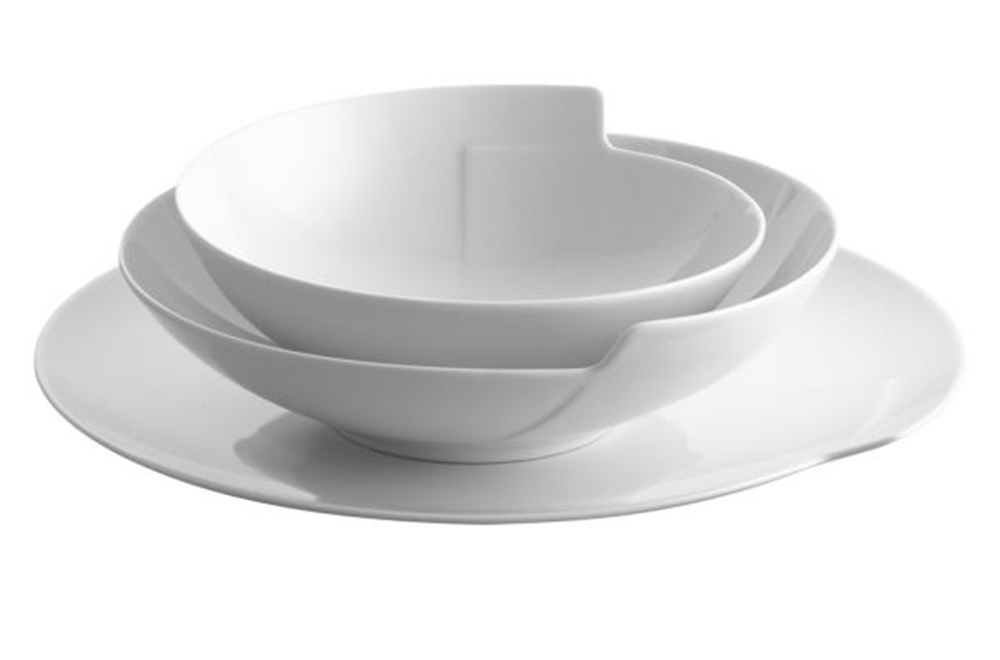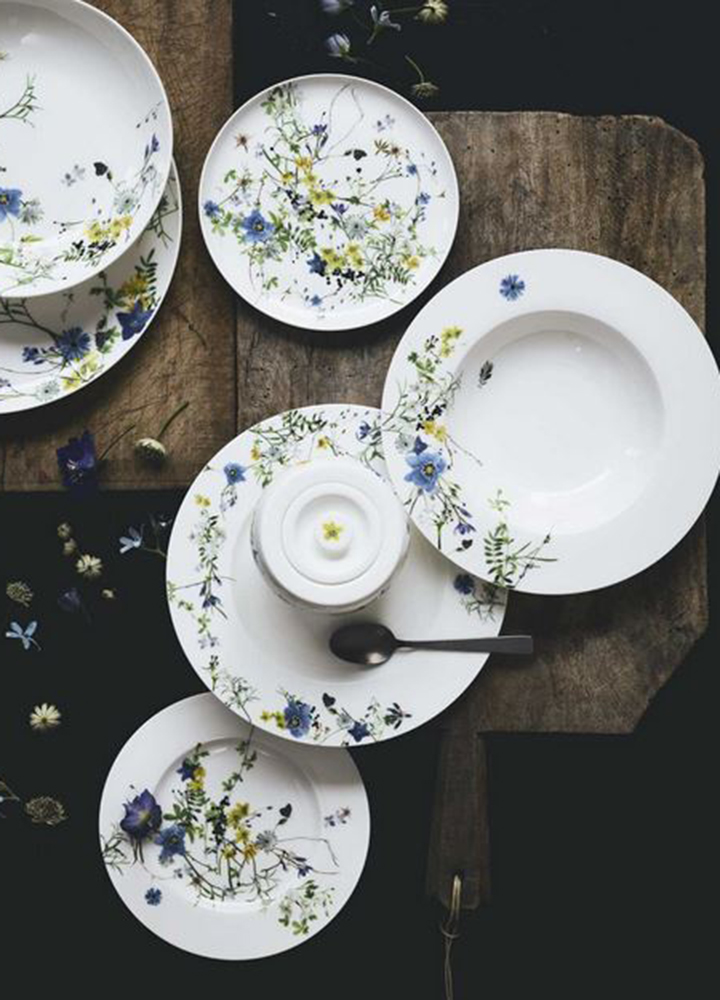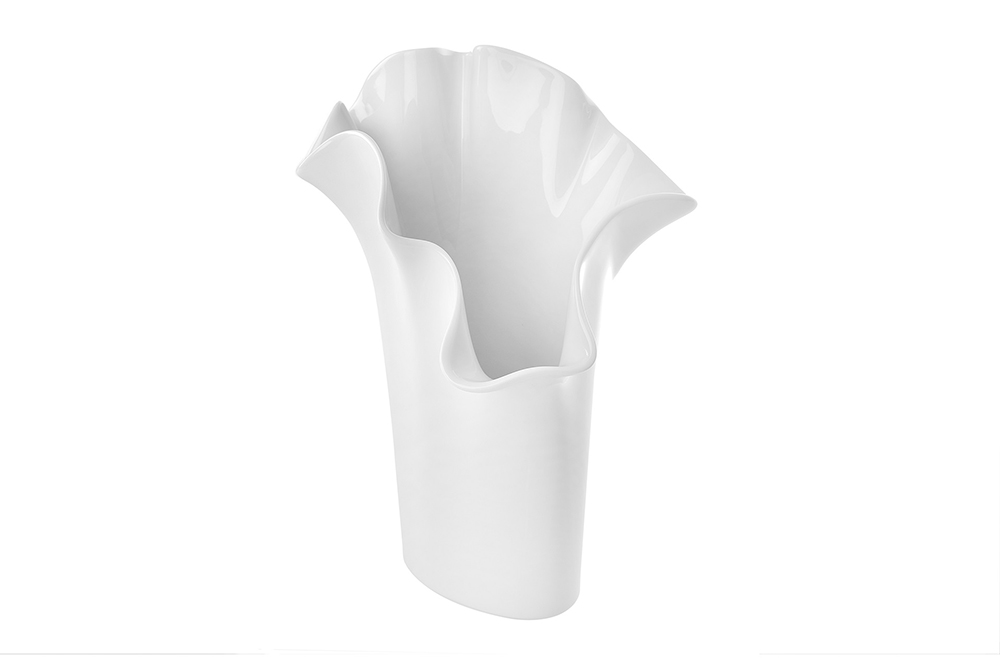However, Rosenthal does not limit himself to setting up the table: alongside the plates, glasses, dishes, cups and tea sets, the brand also offers an interpretation of it for various other rooms in the house. Particularly famous is the Rosenthal vase catalog, often with a bold and experimental design, such as the Fast vase by Cédric Ragot or the striking Vase of Phases collection by Dror Benshetrits.
Rosenthal’s story begins in Bavaria in 1879, by Philipp Rosenthal. However, the real turning point came after the Second World War under the management of his son, the almost homonymous Philip Rosenthal: an eclectic and nonconformist character, he had fought the Nazi regime and would have cultivated an interest in politics throughout his life, coming to play important roles for the German Socialist Party. His presidency revolutionized the company, opening it to the contributions of important designers and starting a whirlwind of collaborations.
Among the other brands acquired by Rosenthal in the course of its history are the Thomas porcelain, in bright colors and dedicated to a young audience, and the historic Bavarian brand Hutschenreuther, with a very traditional design. After being bought in 1997 by Wedgwood, a historic British porcelain company, Rosenthal then joined the Sambonet group in 2009, which took care of the final relaunch.


